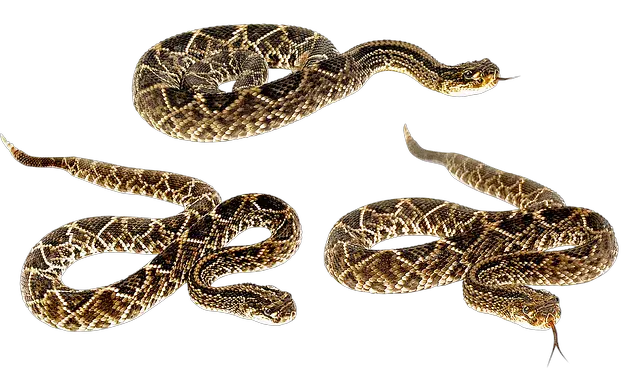Have you ever wondered why snakes don’t have arms and legs like other animals? It’s a fair question. After all, why would evolution have left out something as practical as limbs from a species? So let’s look into this fascinating subject and find out the answer.
Why don’t snakes have arms and legs?
Snakes are a type of reptile typically lacking arms and legs because their body form optimizes the muscle energy expenditure necessary for locomotion.
Physically, snakes have adapted to become elongated and slender to aid in burrowing underground or deep water for Safety.
A legless body also makes them more difficult to detect, as they are less visible from the front and sides when stretched out.
The scales on their body also function as armor while they slither through tight spaces, giving them excellent protection with minimal effort.
Additionally, having only one pair of limbs significantly reduces weight, allowing the snake to maneuver better around obstacles.
Ultimately, the lack of arms and legs gives these reptiles an advantage in their day-to-day environment and provides them with some evolutionary benefits that wouldn’t be present with four limbs.
The evolutionary history of snakes
To understand why snakes don’t have arms and legs, we must first look at the evolutionary history of snakes.
The earliest snake fossils date to approximately 140 million years ago, during the Middle Jurassic period. At this time, snakes had four limbs—two hind legs and two front legs.
As these early snakes evolved over millions of years, their limbs began to shrink in size until they eventually disappeared altogether.
The likely reason
The likely reason for this is that the limbs were no longer necessary for survival.
- Over time, many species of snake adapted to underground burrowing, allowing them to hunt prey more effectively by sneaking up on it from below.
- With this adaptation, having arms and legs were no longer beneficial (or even possible), as they would get in the way when trying to move through tight spaces underground.
- Desert-dwelling species also found that having no limbs made movement easier across dunes – something still seen today in modern-day sidewinder rattlesnakes.
- Finally, some aquatic species developed fins along their bodies, allowing them to swim more efficiently than any limb could provide.
In short, having no arms or legs is simply a result of natural selection; those without them had an evolutionary advantage in various environments so that they could survive better than those with limbs.
This explains why all living snakes today lack external appendages – they are simply the result of hundreds of millions of years of evolution.
Did snakes ever have legs?
An interesting but often overlooked question regarding the history of snakes is if they ever had legs. Science has confirmed that snakes are descended from lizards and other leg-bearing reptiles.
As recently as 33 million years ago, some snakes did possess little hind limbs in the form of small vestigial bones just beneath the skin.
These muscles were likely used for mating, and burrowing behaviors, much like many snake species continue to do today. Further proof lies in extinct species such as Pachyrhachis problematicus, discovered on a family farm near Nazareth, Israel.
The fossil site revealed this ancient ‘rear-legged’ snake with fully formed pelvic bones and hindlegs, which suggests these animals could support their weight on land.
Conclusion
Snakes may seem strange at first glance, but their lack of arms and legs is logical, considering their evolutionary background. Adapting to various environments over millions of years without limbs, these animals have survived better than those with them – a clear example of how natural selection works. So next time you come across a snake, take some time to appreciate its unique anatomy – it’s an incredible example of nature’s resilience!




